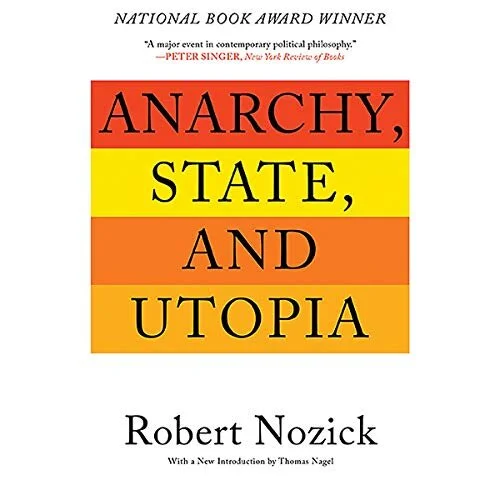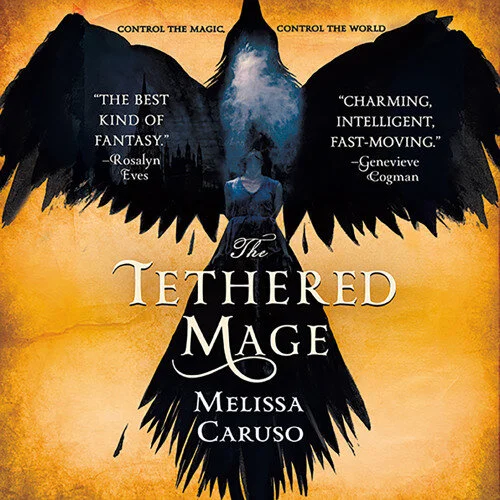The Doomsday Book by Connie Willis shows that collective action is needed to tackle a pandemic
We can see how society collectively imagines pandemics by how they are represented in fiction. In many novels, pandemics are presented as the end of the world. In Stephen King’s The Stand a deadly disease called Captain Trips wipes out almost everyone and causes the collapse of civilisation. The survivors band together to form two communities, who engage in a good vs evil struggle for survival.
In I Am Legend, written by Richard Matheson, only one human survives, patrolling an empty world. In M R Carey’s The Girl With All The Gifts a mutation in the fungus Ophiocordyceps unilateralis causes it to take over humans and turn them into mindless “hungries” who bite other people to spread the fungus. London has been abandoned and a few survivors cling together in an authoritarian community called Beacon.
Many of these stories show the complete collapse of society because of some freak of nature or accident of science. In many stories, a few individuals survive and must band together to prevent the end of humanity. These people are now free of the rules and structures that govern our society.
Ayn Rand’s hellscape
In theory the post-outbreak world should be a libertarian paradise: a world where governments are gone and people are free to seize the limitless potential of the individual unconstrained by social pressures or commitments to other people. However, the stories about the post-outbreak world more often show a violent hellscape where the only thing that is unconstrained is people’s capacity for violence. It’s more Thomas Hobbes than Ayn Rand.
Lots of these stories (especially zombie stories) show a world where humans are worse than the disease. Individuals liberated from the constraints of society are free to indulge in the worst aspects of human nature.
This isn’t a fictional apocalypse
The pandemic we are currently living through is nothing like this. It’s not the apocalypse of the Girl With All The Gifts or The Stand. In the words of writer Laurie Penny “This is not the apocalypse you were looking for”.
The closest representation in fiction I have found to what we are currently living through is The Doomsday Book by Connie Willis. Despite the dramatic title, it’s not about the end of the world but about a virus outbreak in near future Oxford.
The plot has two main threads. The one which concerns us, follows a mysterious disease outbreak in Oxford that starts at the University and then spreads through the population. The characters in this are the doctors, healthcare workers, University administrators and members of the public who are all caught up in the response to the outbreak.
What The Doomsday Book got right
The book was published in 1992 (and is set in 2054) and manages to predict a lot about the present. Oxford is put under quarantine to prevent the spread of the virus. The description of the town being locked-down over Christmas is uncannily accurate to what we just went through in Britain. One Oxford college administrator is perpetually worried about toilet paper supplies. Mask wearing is mandated in public. There are worries about shortages of EPG (Emergency Protective Gear).
There are other analogies to the present. Misinformation spreads about the virus originating in one of the Oxford labs. Immigration and the EC (European Community) are blamed for the spread of the virus. People try and live their lives as best as they can and enjoy Christmas as much as possible, given the circumstances.
The novel mainly follows doctors and college staff as they tackle the disease outbreak. It dramatises them finding spare beds for patients, conducting research into the virus, allocating the scarce resources of food and toilet paper. The protagonists are a motley crew thrown together by circumstances, including a group of American church bell ringers, whose tour of the UK has been delayed by the Oxford lockdown, and a teenaged boy visiting his great aunt at the University for Christmas.
The Pandemic in The Doomsday Book
Willis finds humour, tension and warmth in the small human moments of fighting a disease. The characters are under the pressure of competing demands, lack of resources, not enough sleep and the spread of the virus. It’s a slow quiet struggle where the biggest enemy is depression and the not the sudden collapse of civilisation.
The world of The Doomsday Book has an event called The Pandemic in its past. Little is said about it, but we are told that a deadly disease ravaged the world and it casts a long shadow in the minds of the protagonists. This disease killed huge numbers of Americans because they refused to have their freedom curtailed in any way, even to protect lives during a pandemic.
Toxic individualism
The Doomsday Book subtly makes the point that a free individual, unconstrained by the state or social pressures, is a threat to safety during a pandemic. This echoes the point made by Carolina Miranda in a recent LA Times comment piece about how American individualism is toxic and lethal during the Covid-19 pandemic.
American-style individualism is toxic during a pandemic, whereas European-style collectivism may just save us. In both the Doomsday book and our world, deference to authority and love of the NHS have helped us put measures in place to protect us during the pandemic. Whereas America’s emphasis on the free individual, unconstrained by society, has led to a tragic and unnecessary amount of death.
People working together is what will save us
The Doomsday Book doesn’t focus on brave heroic individuals fighting to save humanity in the ruins of society, it focuses on the people in society who protect us from threats to the human race: doctors, nurses, public sector administrators and ordinary people pitching in to do their part.
These people are part of the state and our existing social structures. The free individual, liberated from all state control, isn’t part of the solution. Given the choice between Mad Max and the doctors and college staff of The Doomsday Book, I know who I would rely on to save humanity.
What the Doomsday book gets right is that saving the world during a pandemic is more about administration than individual heroics. It’s worth remembering what will save us from the Covid-19 Pandemic is people working together within a social structure, not people working alone.










